TRILUX Industrial lights
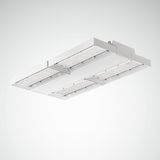

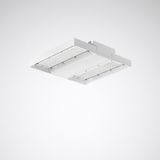
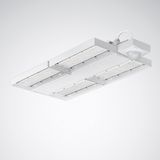

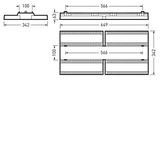
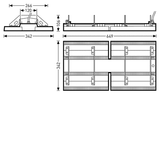
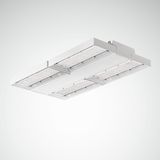

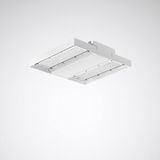

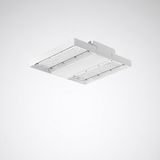
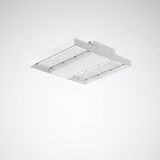


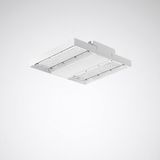
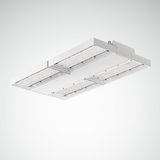
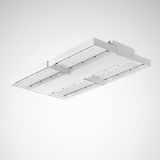



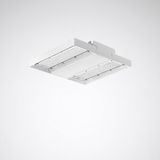

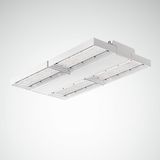


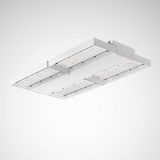
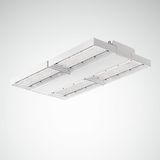

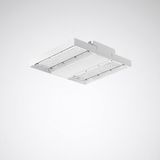
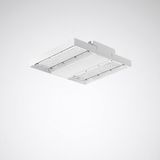
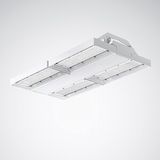
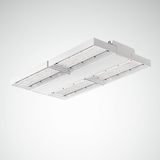


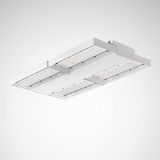
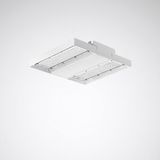
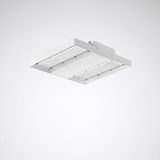
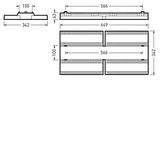
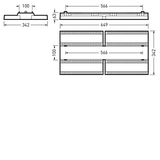

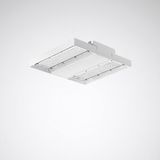
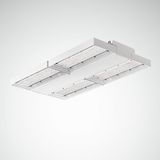
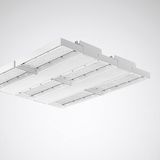


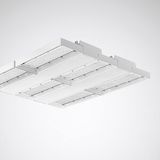
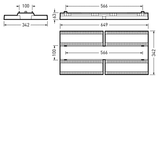
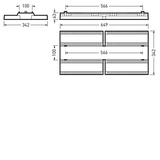



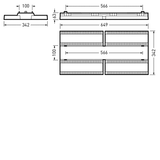



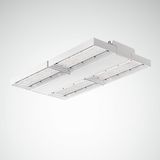
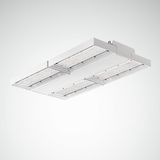
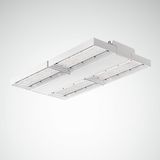
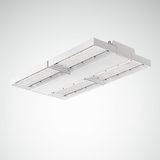
Industrial sites want predictable photometry, clean EMC, and housings that survive dust, moisture, and knocks. Typical electricals are 220–240 V AC, PF ≥ 0.95, THD ≤ 10–15 %. Optical packages run 3,000–6,500 K with CRI 80/90 options; beam sets include wide, narrow, oval, double-asymmetric for racking, and diffused lenses for low-glare work. Efficacy lands in the 130–180 lm/W band depending on optic and CCT. Expect IP65/66, IK08–10, surge 4–6 kV L-N on robust SKUs, and L80 50–100k h at ta −30…+50 °C when tc is respected.
trilux industrial luminaires scope and use cases
For production halls, yards, and loading bays, families in this class combine sealed optics, gasketed glands, and through-wiring to simplify long circuits. Emergency variants accept DALI-2 testing; accessories keep the same gland threads and clip patterns across sizes. When specifying trilux industrial luminaires, publish max fittings per MCB with inrush A²s and note LED lead-length limits to keep EMI and voltage drop in check.
trilux factory lighting product range and formats
High-bay disks (60/90/120°), linear trunking with tool-less gear trays, and sealed battens cover most heights from 4–16 m. Heat sinks are sized for continuous duty; driver trays swap without disturbing optics. For zones with airborne oils or dust, look for closed optics and higher IP. On mixed estates, trilux factory lighting lets teams standardise connectors, address maps, and emergency cut-outs so maintenance follows one playbook.
trilux warehouse luminaires photometry and aisle planning
Racking demands vertical illuminance and controlled glare. Aisle optics or double-asymmetric beams deliver 200–300 lx on pick faces with uniformity ≥ 0.6. Mounting at 8–14 m, spacings often run 1.2–1.7× mounting height depending on reflectance. With trilux warehouse luminaires, lock CCT/CRI per zone, tag aiming data on drawings, and use presence/daylight linking to trim kWh during low traffic.
trilux led industrial fixtures technical specifications and standards
Drivers meet IEC/EN 61347 and IEC 62384; luminaires conform to EN 60598-1/-2-xx; EMC per EN 55015/61547; harmonics EN 61000-3-2/-3-3; reliability evidence per LM-80/TM-21. Thermal fold-back protects at high ambient; brown-out ride-through is available on selected gear. Cable sets accept 0.5…2.5 mm² Cu, strip 8–12 mm, torque 0.6–1.2 Nm. Select trilux led industrial fixtures with tc points clearly marked so inspections verify margin in warm roof voids.
trilux production area lighting applications and compatibility
Food, pharma, and light assembly need closed diffusers, easy-clean surfaces, and low flicker (PstLM ≤ 1.0, SVM ≤ 0.4). Task zones benefit from CRI 90 or spectra with stronger R9 to render materials correctly. Where machinery induces vibration, add anti-loosening hardware and check IK claims. Integrating trilux production area lighting with DALI-2 scenes keeps line changeovers simple while maintaining monitored emergency.
trilux heavy duty luminaires environment and mechanics
Foundries, cold stores, and washdown bays push housings hard. Look for −35…+55 °C tables, stainless fixings, pressure-equalising vents, and chemical-resistant PMMA/PC lenses. Sealed cable entries with 360° shield clamps keep EMC predictable near VFDs. Choosing trilux heavy duty luminaires with 6 kV surge and reinforced gaskets reduces unplanned outages in harsh corners of the site.
trilux energy efficient industrial lights controls and savings
Daylight harvesting, aisle zoning, and run-time analytics cut kWh without compromising safety levels. DALI-2 DT6 drivers expose energy objects; gateways feed BACnet/Modbus for dashboards. Corridor hold-on/hold-off strategies keep minimum light during breaks and cleaning. When deploying trilux energy efficient industrial lights, publish the control tree, sensor density, and fallback states so crews know what “normal” looks like after commissioning.
Product integration and wiring practice
Keep drivers, sensors, and emergency units in the same ecosystem to reuse connectors, indicator cut-outs, and address ranges. Maintain SELV/mains segregation, bond braids 360° at gland plates, and record breaker tables with inrush data. For long rows, trunking systems simplify through-wiring and let you replace gear trays without touching the carrier.
Selection criteria for B2B teams
- Fix task and mounting height, then lumen package and optic. 2) Confirm IP/IK and ambient; verify tc locations. 3) Choose interface (on/off, DALI-2, wireless bridge) and emergency strategy (self-test vs DALI-2 logs). 4) Check surge level, PF/THD, and A²s for MCB choice. 5) Document cable gauge vs run length, strip lengths, and torque windows. Keep one connector family across phases to stabilise spares.
Advantages of working with Bankoflamps
We align procurement to your commissioning windows. Expect project-specific pricing, quote responses in roughly an hour by EAN/MPN, and live EU stock before lifts or night shifts are booked. Your portal view shows lead times, shipment tracking, and downloadable price lists with validity periods you can plan against. Trusted clients can use post-payment up to 30 days. We consolidate room-bundled consignments so housings, drivers, sensors, emergency kits, brackets, and glands arrive together, and your account manager cross-checks optics, currents, IP/IK, tc notes, inrush/MCB data, and label schemes against drawings—keeping deliveries site-ready across France, the Baltics, Germany, Spain, Italy, Belgium, and the Netherlands.